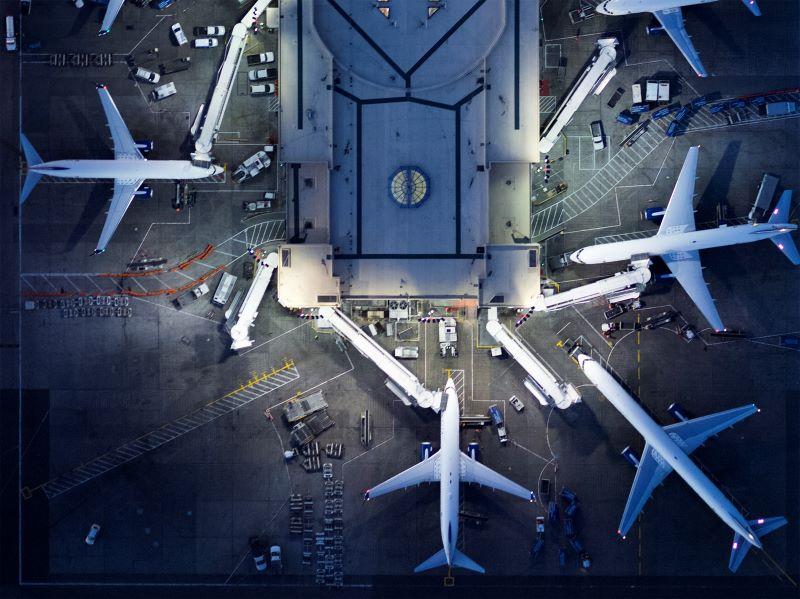
Credit: Michael H. / Getty Images
UN aviation body ICAO, aircraft lessor Avolon and consultancy firm IBA have released their 2022 trend analyses, with IBA predicting another 20 airline failures in 2022 and ICAO lowering its 2050 growth forecast. IBA estimates that there were 63 airline failures and restructurings in 2020 and 2021...
Subscription Required
This content requires a subscription to one of the Aviation Week Intelligence Network (AWIN) bundles.
Schedule a demo today to find out how you can access this content and similar content related to your area of the global aviation industry.
Already an AWIN subscriber? Login
Did you know? Aviation Week has won top honors multiple times in the Jesse H. Neal National Business Journalism Awards, the business-to-business media equivalent of the Pulitzer Prizes.

